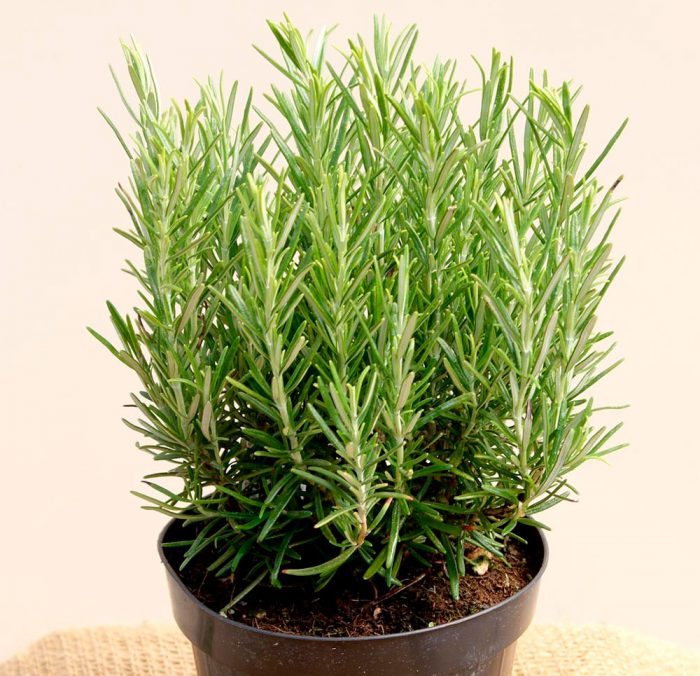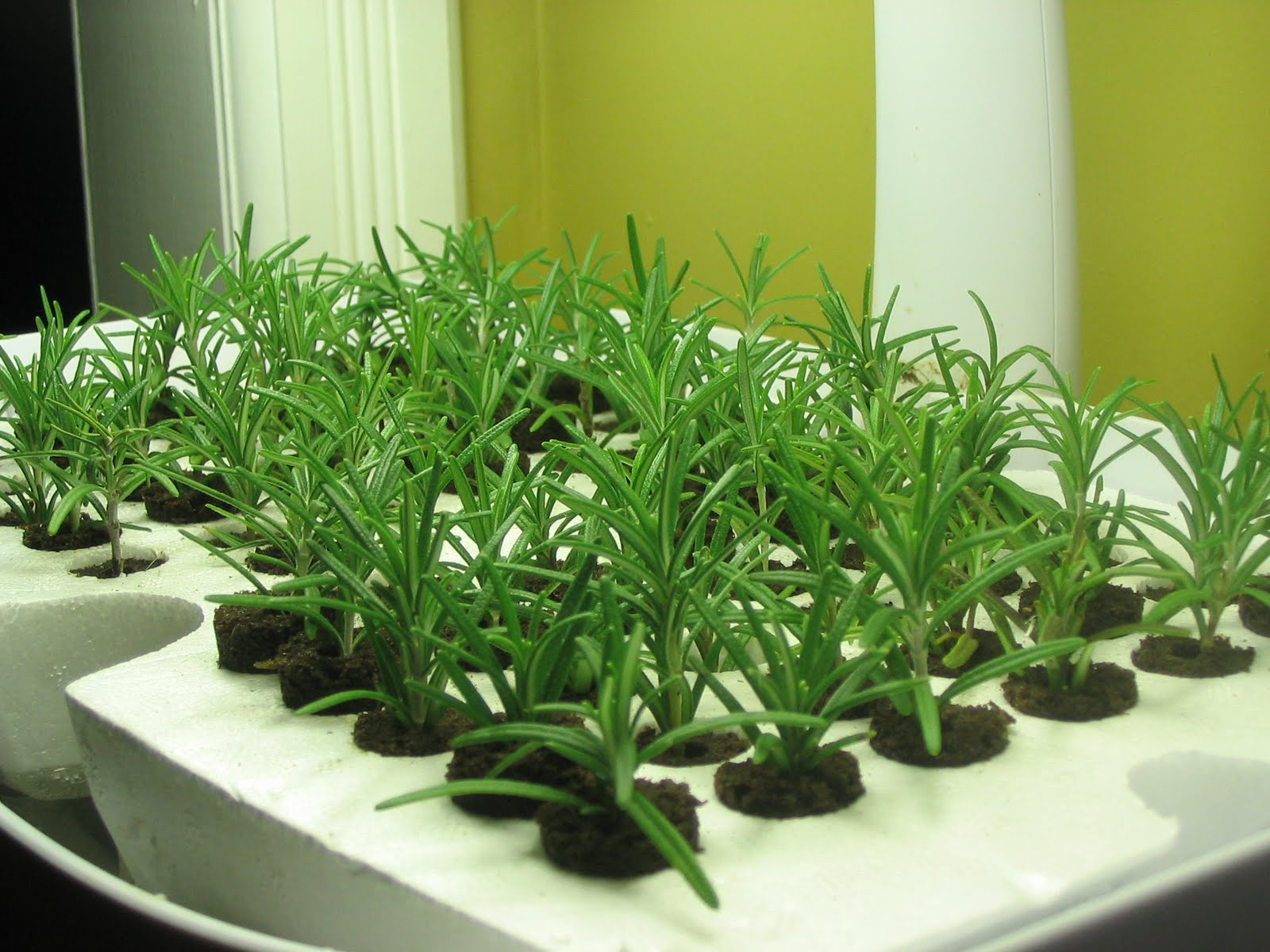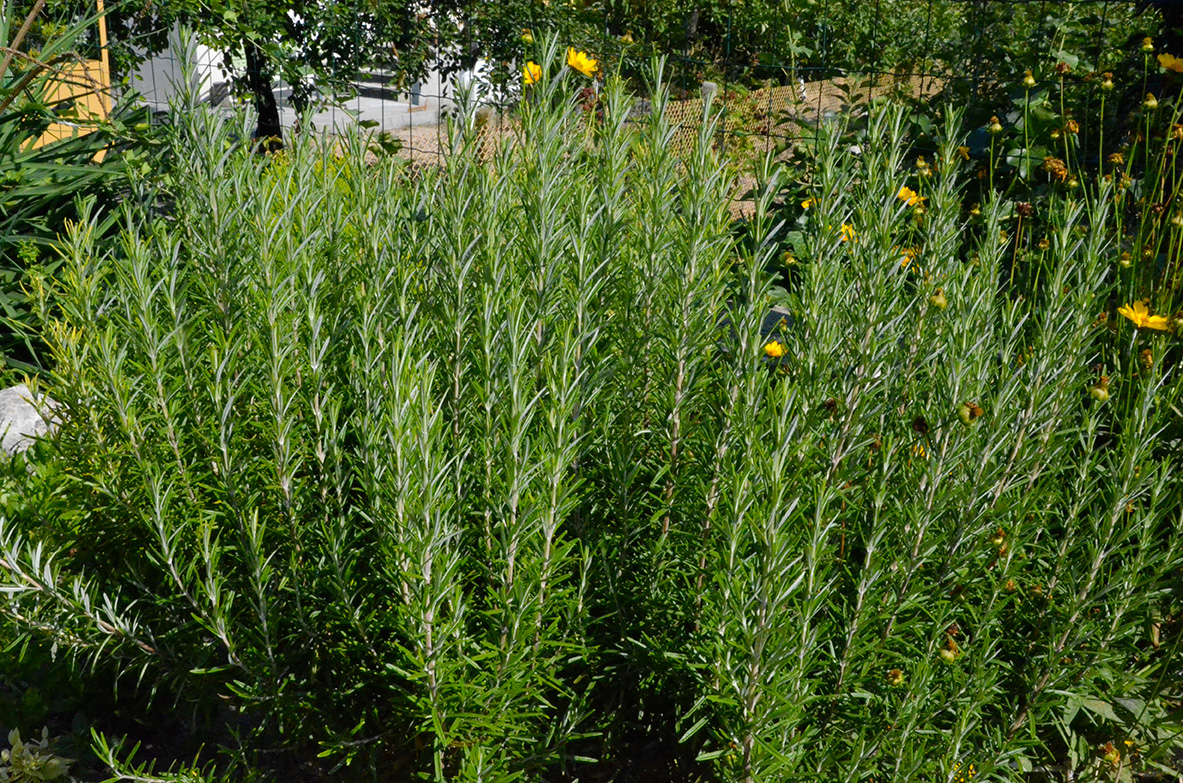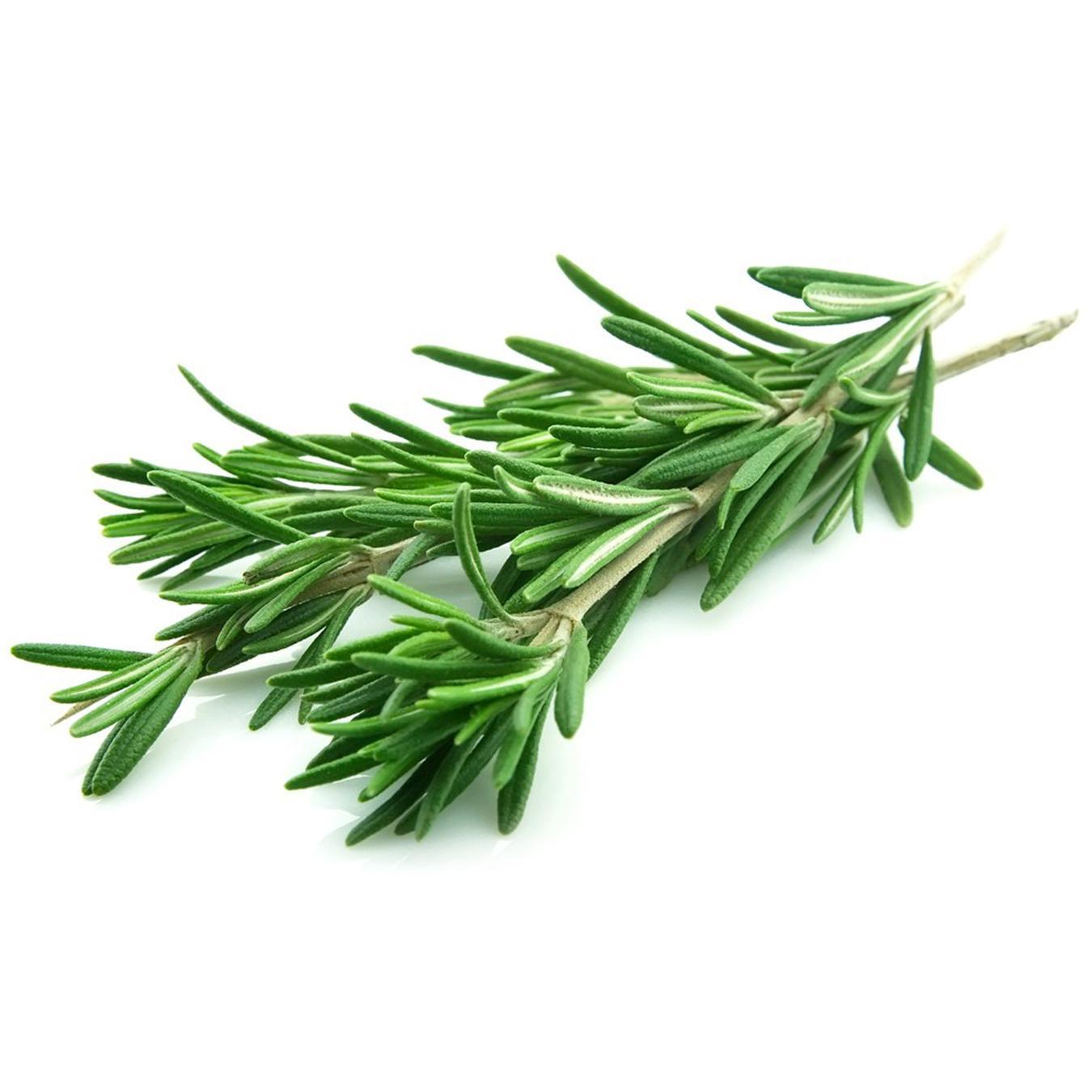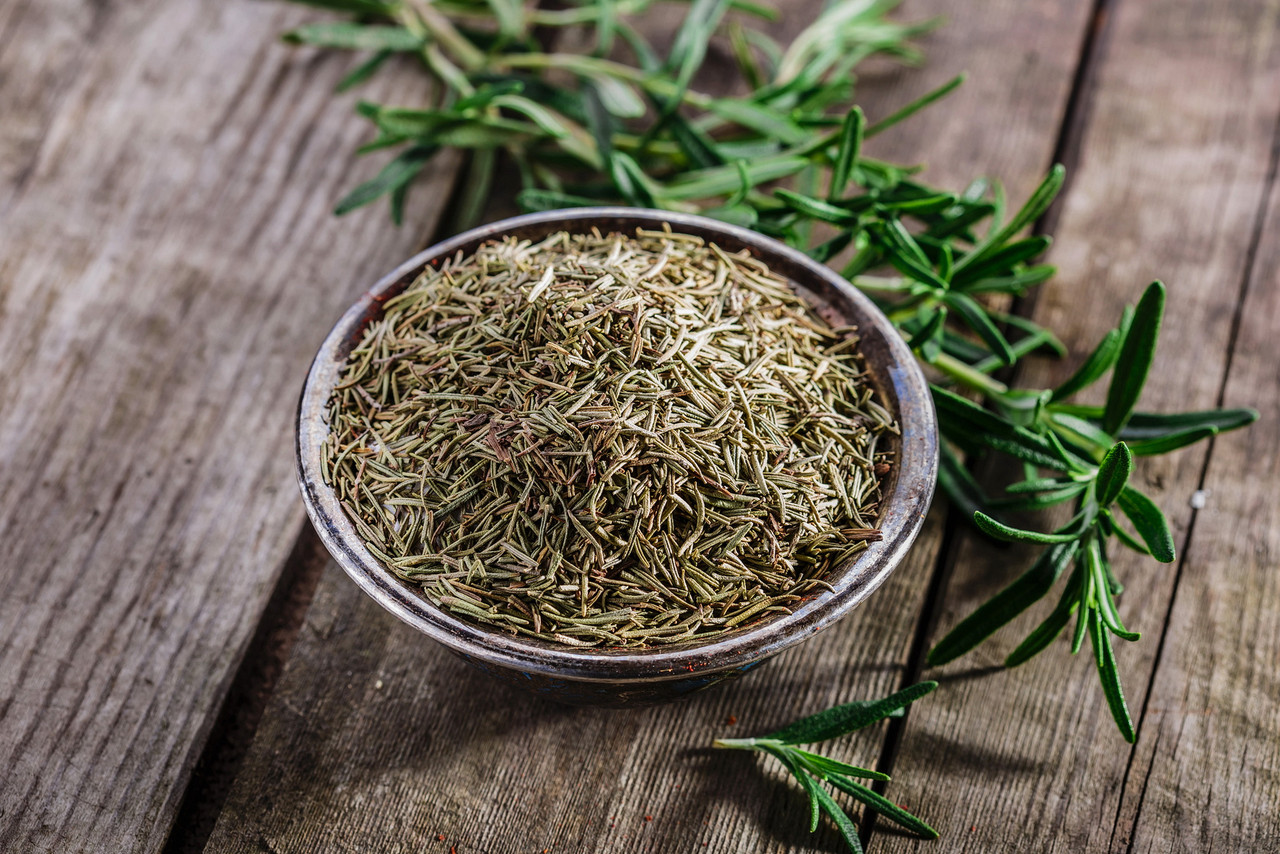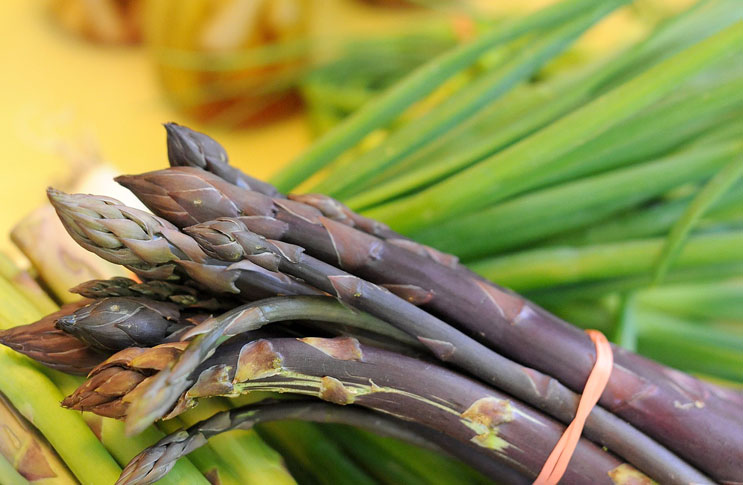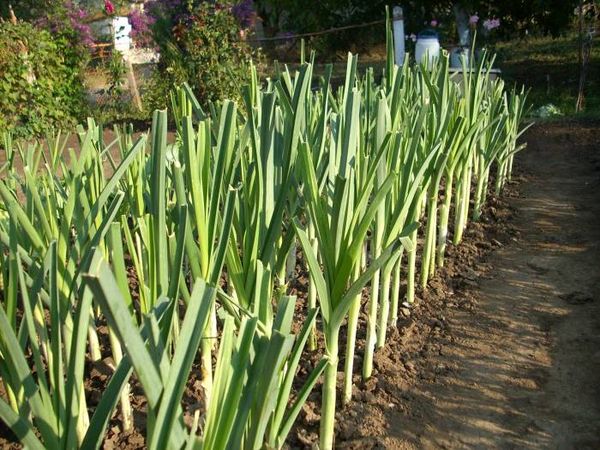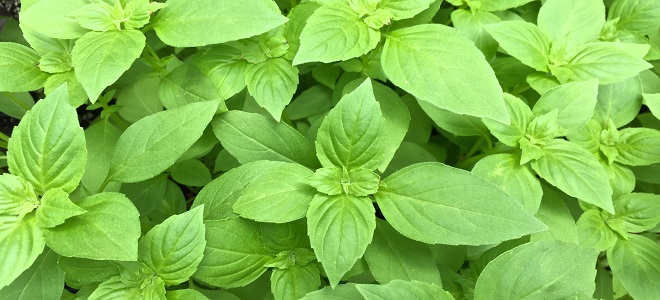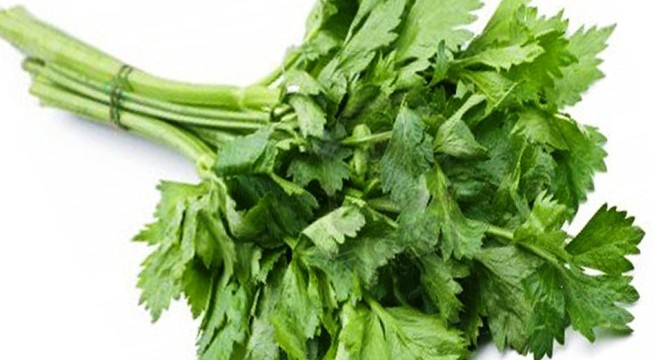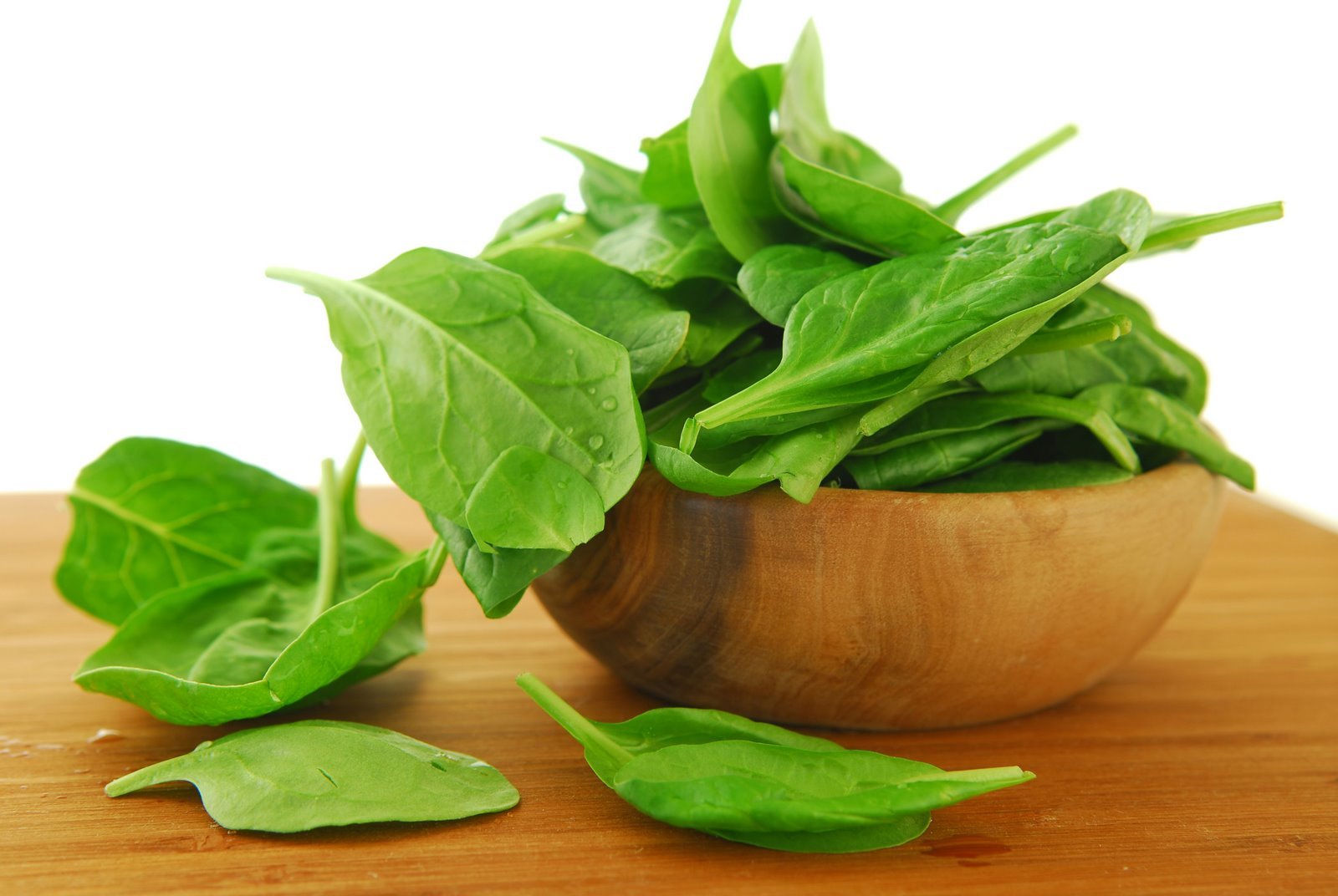Content:
Medicinal rosemary (ordinary) is an evergreen erect shrub with a height of 0.5 to 1.5-2.0 meters. It has tetrahedral lignified, slightly pubescent stems, covered with lanceolate small leaves of a pale green color. Small, pale purple flowers are collected in racemose inflorescences at the ends of short shoots. Rosemary blooms in May. Fruits are ovoid brownish nuts with a smooth surface, ripen in late summer and early autumn.
This culture has found wide application in cooking - dried leaves, flowers and tender shoots with a pleasant pine aroma and a slightly pungent taste are used as a seasoning for soups, salads, meat and fish dishes. Rosemary is also used in folk medicine, cosmetology.
In addition, rosemary is often grown in a pot and as an indoor flower, placing a beautiful and neat evergreen shrub on the windowsill next to other indoor plants. In addition to its beautiful appearance, the plant exudes a very pleasant and specific rosemary aroma, on cold winter evenings, creating an indoor atmosphere of the warm southern Mediterranean regions, where this perennial comes from. This crop can also be grown outdoors.
This article will take a closer look at how to grow rosemary, how to properly care for and propagate it.
Agrotechnology for growing this crop includes the correct choice of places, time and method of planting, care and timely harvest.
Requirements for conditions
Before you figure out how to grow rosemary, you need to consider its requirements for soil and environmental conditions:
- Soil - this crop requires a light, well-drained, close to neutral soil or soil consisting of lowland peat, coarse sand and garden soil in a ratio of 1: 2: 2;
- Soil moisture - this plant does not tolerate flooding by groundwater and waterlogging of the soil. Therefore, if the rosemary provides for growing in pots or containers, a drainage layer is laid on their bottom. In the open ground, soil moisture is regulated by irrigation and planting placement in a high area that is not flooded by top water or groundwater;
- Lightness - Rosemary likes places that are well lit during the day. In the shade and partial shade it grows and develops poorly, often overgrown with more hardy weeds;
- Temperature regime - the plant feels good at high temperatures. Able to withstand short-term frosts. Long-term frosts below -12 ° C are destructive for rosemary.
Reproduction
You can propagate rosemary in such ways as:
- By cuttings - a stalk 10-15 cm long is cut from a mature one-year-old shoot, leaves in its lower part are removed and placed in a container with water for 2-3 days.After that, the lower cut of the cutting is dusted with such a rooting stimulant as "Kornevin", and planted in a pot with prepared soil mixture, covered with a transparent plastic bag. The pot with the handle is placed in a bright, warm room and, periodically removing the bag, ventilate and spray its leaves. After the cutting takes root and grows stronger, it is transplanted into a larger container or into open ground;
- Layers - for this method, they choose a long strong shoot, bend it to the ground, fix it with staples, and then sprinkle it with earth so that its top remains above the surface. During the season, a secondary root system is formed in the internodes covered with earth. In late summer and early autumn, the seedling is separated from the mother plant and transplanted into a pot or open ground;
- By dividing the bush - like other crops, rosemary can multiply by dividing the bush. To do this, a well-grown and strong bush is dug up and with a sharp and sterile tool it is divided along the root system into several new seedlings;
- Seeds - with this method, seeds collected from a plant or purchased in a specialized store are sown for seedlings in containers, boxes or directly into open ground.
Sowing with seeds
It is better to buy rosemary seeds for sowing in specialized stores. Before sowing, they are soaked in settled water for 2-3 days. Seeds are sown in shallow grooves 4-5 mm deep, sprinkled with soil and covered with a film. The planting is aired, and the soil is moistened with a spray bottle until shoots appear. When shoots appear, they are thinned out, leaving a distance between plants at least 30-40 cm.
The optimal time for sowing a crop with seeds in open ground is late April-early May.
Rosemary: planting and care at home
Let's take a look at how to grow rosemary seeds.
Planting seedlings
The process of obtaining rosemary seedlings from seeds consists of the following steps:
- For forcing seedlings, store special nutrient substrates or self-prepared soil mixture from lowland peat (1 part), coarse sand (1 part) and garden soil (2 parts) are used;
- The seeds are pre-soaked for 5-6 hours, distributed over the surface of the substrate, and then sprinkled on top of them. The substrate is moistened with a spray bottle, after which the container is covered with a film and placed in a warm dark room;
- To water and prevent the substrate from drying out, the box must be opened and the soil must be sprayed with warm water from a spray bottle;
- When shoots appear, the film is removed, and the box is placed on a well-lit southern windowsill. As the seedlings grow, they dive into separate pots;
- The seedlings obtained in this way are planted in open ground at a height of at least 7-8 cm.For decorative purposes, the resulting seeds are planted at a distance of 10-15 cm.When using rosemary for food purposes, the distance between its bushes should be at least 50 cm.
Care
When growing rosemary, both at home and in the open field, crop care consists of the following activities:
- Watering - during the growing season, plants are moderately watered, preventing the surface layer from drying out, but at the same time not overmoistening it and preventing stagnation of water in the root system zone. For irrigation, rain water warmed up in the sun is used. Watering, try to minimize the ingress of drops on the leaves. Watering is carried out in the late evening;
- Top dressing - If the rosemary grows as a houseplant, it does not need frequent top dressing. When grown in open ground, the culture is fed with special complex fertilizers 1-2 times a month. In winter, during the dormant period, feeding is practically not done;
- Loosening and weeding - as the soil is compacted and weed shoots appear, as well as after each watering, the soil is carefully loosened to a depth of no more than 10-12 cm;
- Pruning - pruning is done starting at 2 years of age. Shorten thickening bush, growing inward and diseased shoots. A simplified pruning scheme is often used, in which all shoots are shortened at the level of 3-4 internodes. This operation is performed in early spring (March-April);
Harvesting
Proper planting and maintenance of the rosemary plantation guarantees a high yield of leaves, which are harvested during the flowering period. To do this, cut off the tops of young shoots with leaves and flowers with scissors or a sharp and clean knife. The collected leaves are dried under a canopy and used later as a seasoning.
Varieties
The most popular varieties of rosemary are:
- "Tenderness";
- "Dewdrop";
- "Prostratus" (Prostratus);
- "Tuscan Blue" (Tuskan Blue);
- "Erectus" (Erectus);
- Severn Sea (Seven Sea);
Thus, in order to get a good harvest of rosemary, it must be properly planted and looked after. Whether it's a summer cottage, a country house or an apartment, growing rosemary at home in a pot allows you to get fragrant greens not only in summer, but also in winter.
This culture will beautify the garden, where it, along with other flowers, will serve as a worthy decoration of flower beds and lawn edges.
